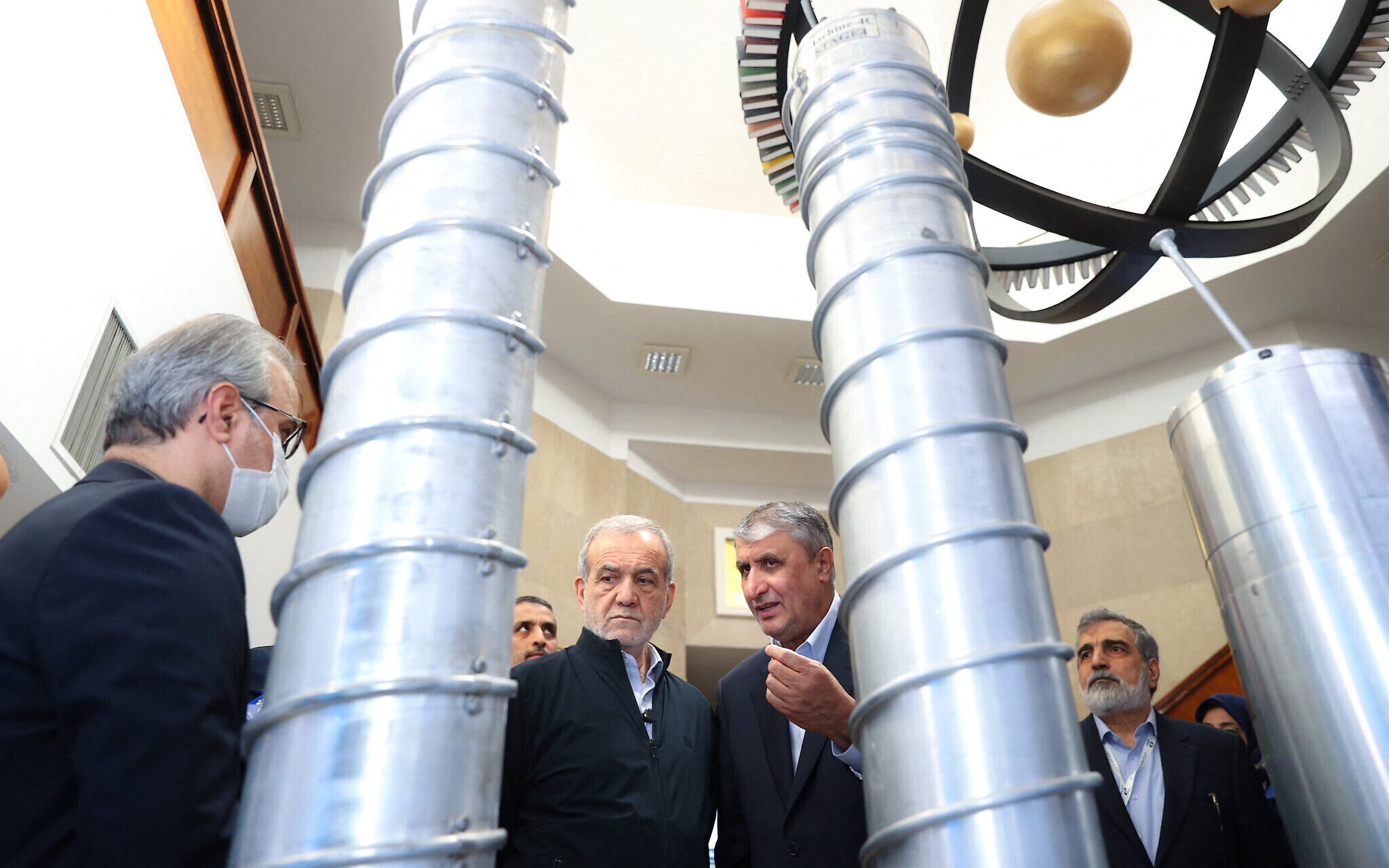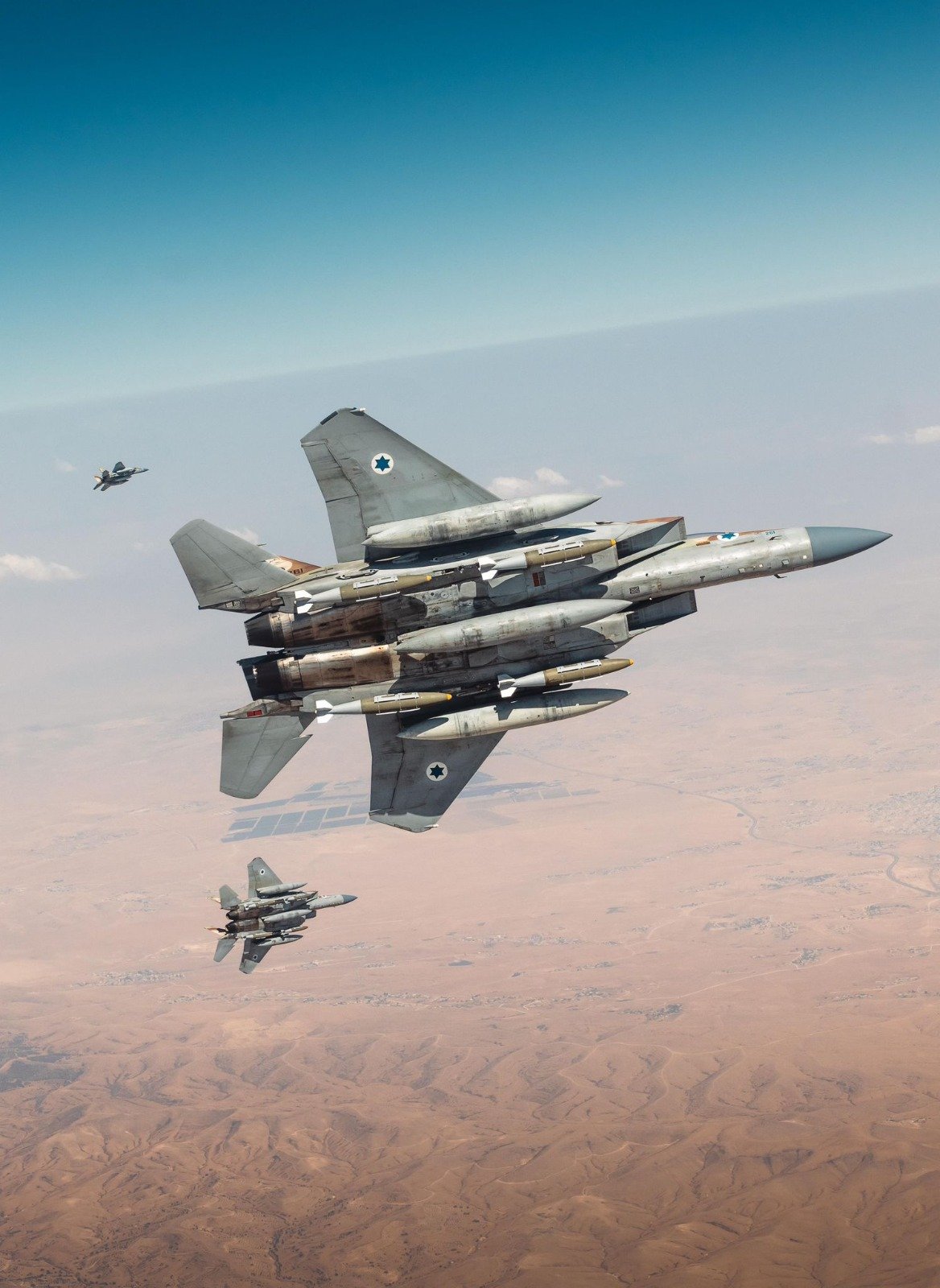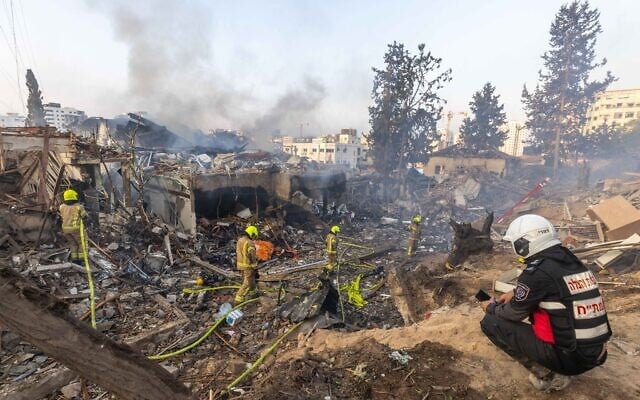



Israeli sources believe US and Israeli strikes in Iran last month hampered the Islamic Republic’s development of two types of nuclear warheads and an “electromagnetic pulse (EMP) weapon that could cripple Israel electronically,” the Washington Post reported Saturday.
According to the report, the 12-day war with Iran also destroyed roughly half of Tehran’s 3,000 ballistic missiles and 80% of its 500 missile launchers. The unnamed Israeli sources were cited as saying Tehran was planning to raise its ballistic missile stockpile to at least 8,000, meaning any further delay to the strike against Iran would have exposed Israel to much greater damage to Israel from missile strikes.
However, despite Israel’s successes, Jerusalem was dealt an “unwelcome surprise” when it discovered Iran had more solid-fuel missiles than previously expected, the report said. Such missiles are more difficult to shoot down, according to an Israeli source cited by the Post.
The damage to Iran’s nuclear and missile programs was compounded by Israel’s assassination of the first tier, second tier and most of the third tier of Iranian physicists and nuclear scientists, sources cited by the Post said. Israeli officials were cited as saying it was expected that younger Iranians would be deterred from pursuing careers in those fields as a result of the killings.
The revelations were reported in an opinion piece by Washington Post foreign affairs columnist David Ignatius.
The assassinations reportedly halted Iran’s development of the EMP device. Such weapons emit powerful bursts of electromagnetic energy that can paralyze electrical networks. Development of an EMP device was said to have been promoted by Iran’s Revolutionary Guard as an alternative to nuclear arms, since atomic weapons are nominally banned under a religious decree by Iranian Supreme Leader Ali Khamenei.
Despite the fatwa, Israeli sources said they believe Iran was making progress on two types of nuclear warhead: a standard fission warhead, which splits atoms, and a more complex fusion warhead, which forces atoms together. According to the Post, the fusion-warhead project was halted as a result of Israel’s strikes against Iranian nuclear scientists.
A well-informed Israeli source cited in the report said “Iran is no longer a nuclear threshold state” — echoing a similar assessment by IDF Chief of Staff Lt. Gen. Eyal Zamir — and would require one to two years to build a nuclear weapon, if it could do so covertly. The source was also cited saying Israel would likely be able to detect and destroy a potential Iranian effort to quickly build a crude nuclear device.
Israel has said its June 13 opening strike against Iran came as the Islamic Republic, which is sworn to destroy Israel, was taking steps toward nuclear weaponization. Though Iran denies seeking nuclear arms, it has amassed uranium enriched to 60% — far beyond what is needed for civilian use, and a short step away from weapons-grade.

US and Israeli sources speaking to the Post on condition of anonymity said the White House had okayed Israel’s opening strike, but signaled that US forces would intervene only if the Israeli campaign proved successful.
Iran retaliated to the Israeli strikes with deadly ballistic missile attacks that killed 28 people, caused heavy damage in Israeli cities and displaced thousands of people.
On June 24 — a day before a US-brokered ceasefire ended the Israel-Iran war — US bombers struck three key Iranian nuclear sites, including the underground facility at Fordo, which was thought to be penetrable only with US “bunker-buster” bombs.
While US President Donald Trump has said the attack set Iran’s nuclear program back “decades,” Western intelligence has indicated the damage was more limited and that Iran was may have been able to relocate its stockpile of highly enriched uranium ahead of the US and Israeli strikes.


